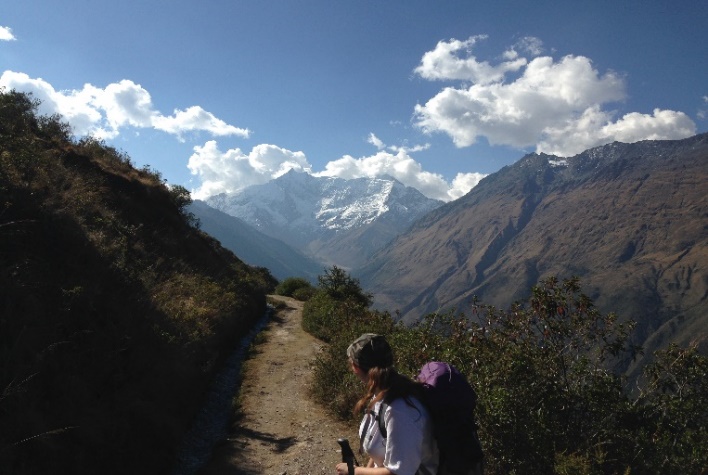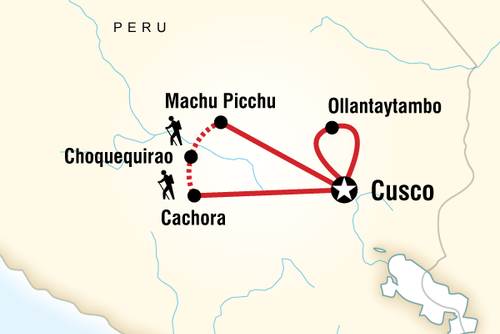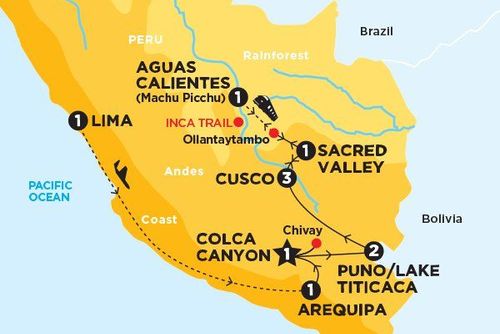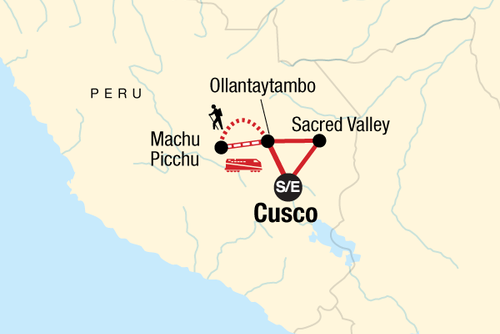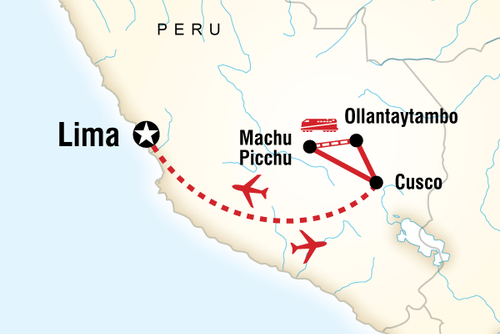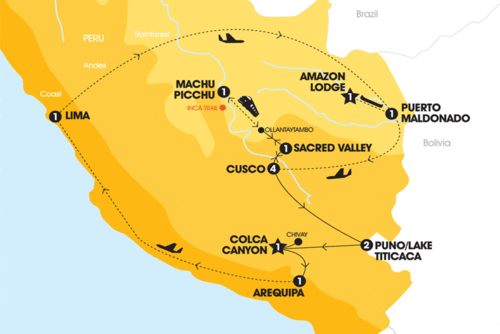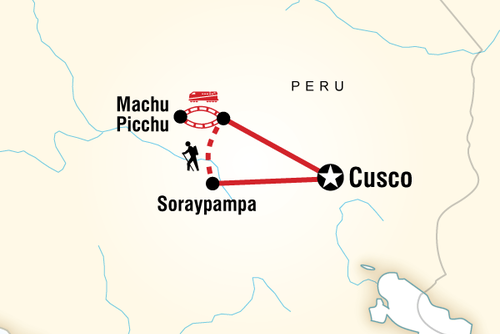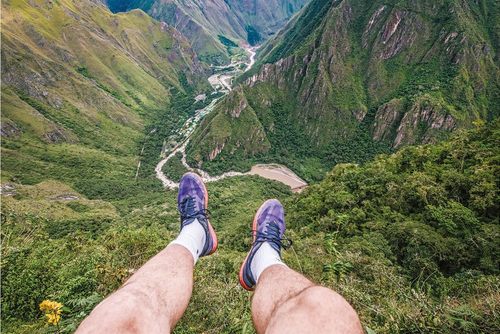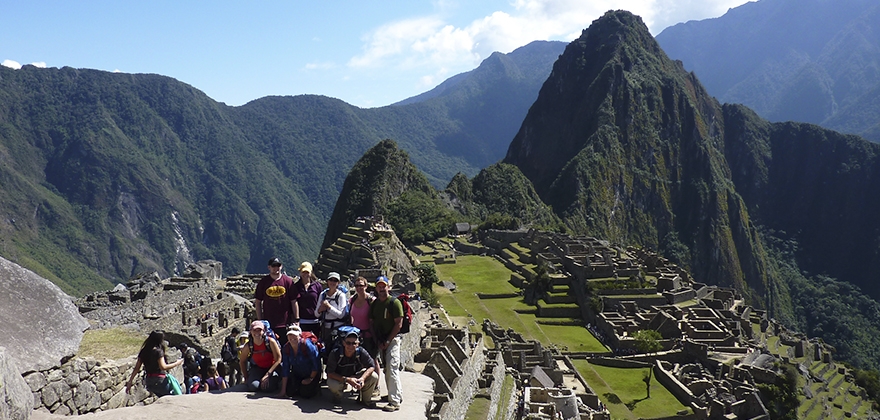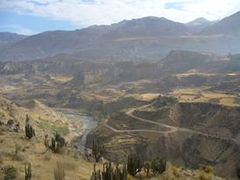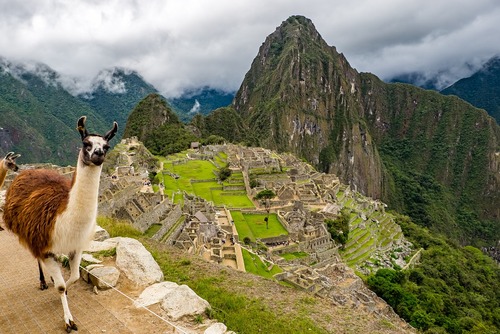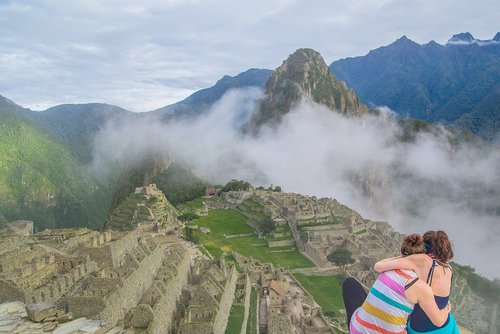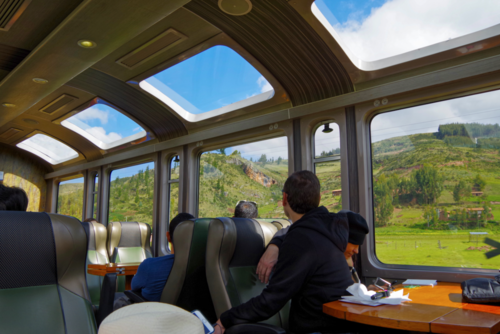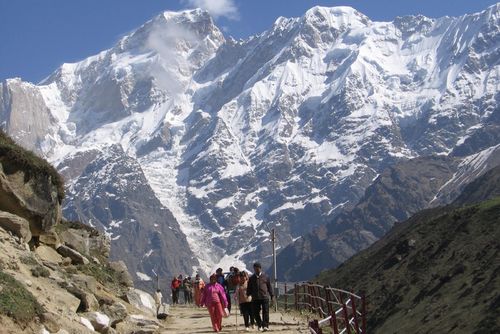Little over a hundred years later, the ruins and Inca trail that leads tourists to them are one of the most popular adventure tourism destinations of the planet.
But with a long waiting list and a governmentally imposed rule that no more than five hundred people may populate the Inca trail at any one time, getting to Machu Picchu can not only be difficult, it can be expensive too.
The Salkantay trail, a route to Aguas Calientes and Machu Picchu, which is lesser known by western tourism, provides an alternative means of exploring the Andean peaks and valleys.
So while most people only have the opportunity to visit Machu Picchu once in their lifetime, choosing which path you take to the lost city of the Incas could be one of the most important travel decisions you ever make.
Here are six of the top reasons the Salkantay trail might be right for you:
1. The Scenery
Throughout the trek, the Salkantay trail offers some seriously stunning views and places to see in Peru.
From the brilliant white glacial ranges of the Humantay and Salkantay mountain peaks and the harsh rocky outcrops that cut through the clouds and reach staggering heights, to vast valleys and rivers that stretch endlessly into the horizon.
Each day of the trek reveals such a range of different landscapes and views that you’ll find the high altitude isn’t the only thing that takes your breath away.
What’s more, you’ll spend the night in Aguas Calientes before the visit to Machu Picchu, to maximise the time spent at the site. Your tour guide will take you there early in the morning so that your first view of Machu Picchu will be as the sun rises, making for some epic and unforgettable views.
2. The Adventure
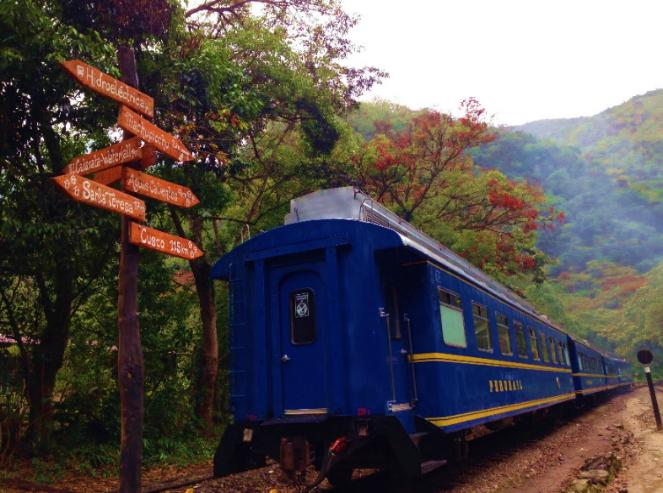
Another benefit of Salkantay’s lesser known name is that it doesn’t feel like a tourist attraction.
It passes very little Peruvian civilisation, modern or ancient, so you’ll become an explorer, plunging into seemingly uncharted territory. One benefit of this comes at night time, when the sky of the southern hemisphere is illuminated by infinite numbers of stars and wispy candyfloss galaxies, something you could miss out on when staying closer to civilisation on the Inca trail.
The trail also has a strong connection with Peru’s vast wildlife, owing to its remote location. You’re likely see the striking black and white feathers of roosting condors on outcrops, and once you descend from the Salkantay mountain pass into the Andean jungle, a whole host of vibrant and interesting creatures emerge from the foliage.
You’ll see and hear flocks of wild parakeet, yellow-, red- and blue-bellied finches, and hummingbirds with luminescent feathers. You’ll also see a large variety of Peru’s fifteen hundred species of butterfly that are easily spotted among the trees and flowers.
Not many South America tours compare to this!
3. The Challenge
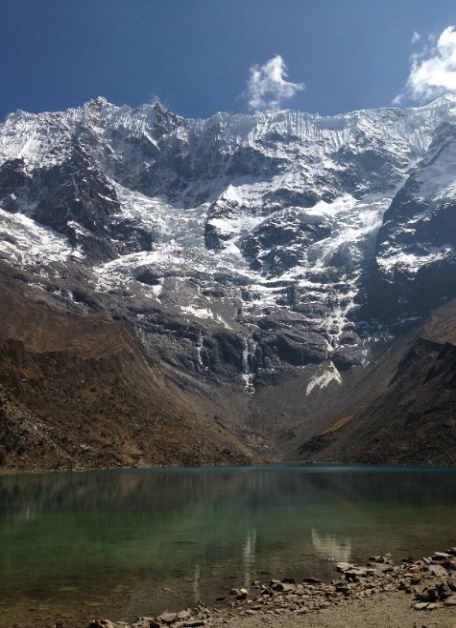
Mount Salkantay’s name translates roughly from Quechuan as “mount savage” and for good reason as its jagged peak is too steep to climb, and the pass below is a tasking hike.
The highest point of the trail passes just beneath the peak of mount Salkantay, at around 4600 metres above sea level. Climbing high into the Andes on little more than a gravel path, the tour is advertised a more physical pursuit than the Inca trail.
When you reach Aguas Calientes, the sense of having accomplished something rather than simply visited somewhere will stay with you forever.
4. The Activities
Though the Salkantay trek offers the chance to see less Inca sites than the traditional Inca trail does, passing only Llactapata on the journey to Machu Picchu, along the way you will get to indulge in a variety of other activities.
On the second day of the trek you’ll be able to hike up to Lake Humantay, with its clear glacial waters and icy peak. After your hike on the fourth day you have the option to visit the hot springs at Cocalmayo, which are much cleaner, more secluded, and less crowded than those in Aguas Calientes.
When staying on coffee plantations on the third and fourth nights, the families that run the campsite will let you grind your own coffee, which you can drink the next morning before your days’ walk.
The chance to engage in Peruvian natural wonders as well as those manmade, and to closely experience the culture of Peruvian people is something on which the Salkantay trek prides itself
5. The Flexibility
Different tour companies have been known to offer variants of the Salkantay trail, some starting in different places, or stopping at different outposts.
As such, the trek is heavily customisable from the number of nights camping, to the distances hiked each day, and by price. This flexibility offers the chance to trek Salkantay, and visit Machu Picchu in a way that suits the traveller.
Make sure you research all trips and also start your Salkantay trek packing list well before departure.
6. The Price
The Inca trail can be expensive to trek, not only will you have to pay for a permit to visit it, but because of the limit of five-hundred persons on the trail at any one time, tour companies will inflate their prices to profit from the high demand. Avoiding this, Salkantay can save a penny-pinching traveller hundreds, and the tour itself can cost as little as £500.
An Extra Tip
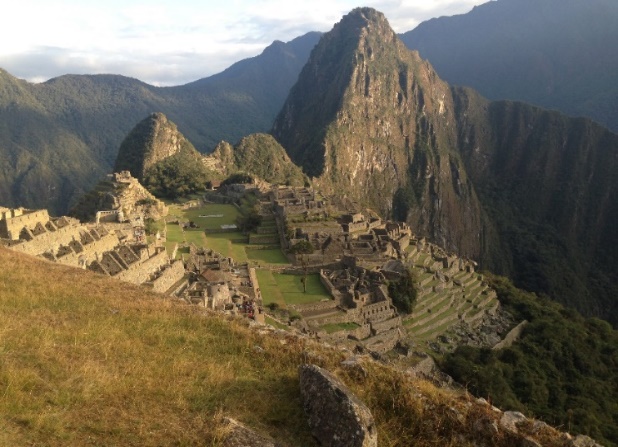
You might consider trekking to Machu Picchu for a charity. While the amount of money you raise will be twice, or even three times as much as you would spend on a tour of Peru, you won’t have to foot any of the bill yourself.
As a young adult this is one of the best ways to see parts of the world you have always dreamed of seeing while simultaneously giving back to people who are ill, or otherwise unable to travel.
You might also like to view some tips for climbing Machu Picchu.
By Chloe Hodgkinson

